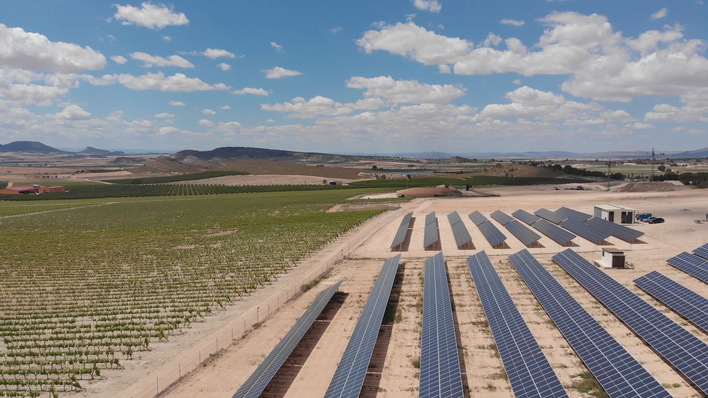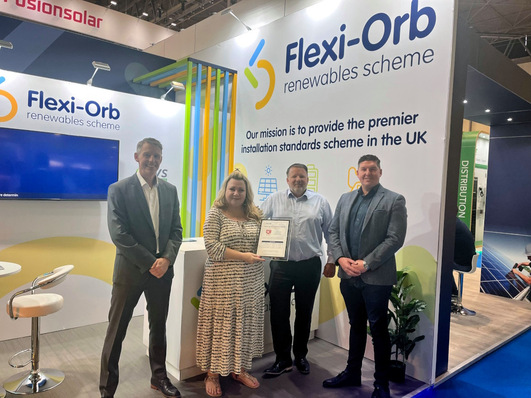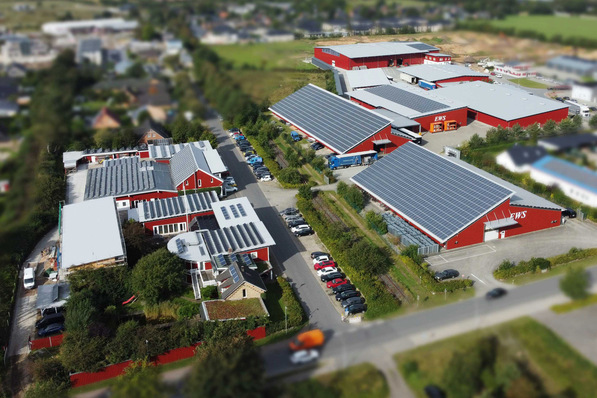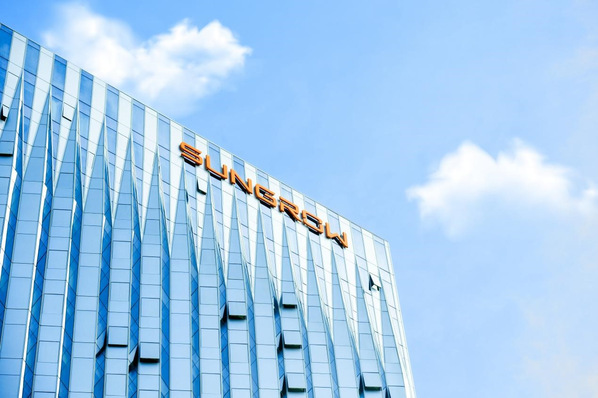If you come to Bielefeld in Western part of Germany to the DMG MORI factory, one thing becomes clear: This is an industry firmly rooted in the old economy. This may sound a little bit old-fashioned or out-dated. But appearances can be deceptive. DMG MORI is among the world’s leading producers of machine tools.
Not a wheel would turn
Without lathes or milling machines, not a wheel would turn in industry, even and especially in the so-called new economy: Computers, disk drives, data storage or optical amplifiers first need to be built. There is no two ways about it.
DMG stands for DECKEL MAHO and GILDEMEISTER. These are traditional machine tool makers, who in 2013 came together with the Japanese company Mori Seiki to form DMG MORI in Germany. With its 7,000 staff, the DMG MORI corporation has been generating 2.2 billion euros in global revenues in the last few years.
Customers all over the world
The Bielefeld factory produces, among others, lathes for customers all over the world. This line of business is linked to the name GILDEMEISTER, a well-established brand. DMG MORI’s databases contain industrial customers worldwide, who now require much more than just turning spindles, clamping chucks and electronic machine control systems. “Energy is becoming more and more important in order to survive in the global market place,” Christian Kleinhans explains. “To industrial sector, energy costs are playing an increasingly critical role. Reducing them means being able to keep up, even being in the lead.”
A special branch for energy solutions
Kleinhans is head of project development at GILDEMEISTER energy solutions, based in Würzburg. He came to Bielefeld to show his guest around the impressive energy park at the machine tool factory. Because DMG MORI is not merely talking about saving energy, but is actually competent when it comes to implementing ideas.
Since 2010, Christian Kleinhaus has been tasked with locating potential energy savings at GILDEMEISTER energy solutions’ factories. The Bielefeld plant is prototype and showpiece at the same time. Here, engineers test ways in which a modern energy management, PV and energy storage can seriously save money.
“Here in Bielefeld we have developed our energy management technology, and gathered important experience,” Kleinhans says. “Only then did we roll this business model out to our customers.”
The goal: large-scale savings
It is all about saving energy and generating it inexpensively from renewable sources – on an industrial scale. In Bielefeld, the first order of business was to explore the potential for savings, and then to develop a suitable monitoring system. “First of all you have to know the way energy flows in such a factory,” Christian Kleinhans remarks. “We installed a number of digital metres all over our factory, in order to gather data on the actual consumption from an operational perspective.” No easy task for a factory that occupies a site of about 60,000 square metres and employs about a thousand people.
Find the sources of energy waste
Kleinhans was not just concerned about electricity and heating, but also with lighting and ventilation. And it turned out that almost a third of the electricity consumption went into illumination, and as much as 27 percent for ventilation and climate control.
Only a quarter went for the actual machines in the factory and just a few percentage points for the data centre. Switching to energy efficient LEDs, state-of-the-art ventilation technology and optimised closing mechanisms for windows and doors, made it possible to lower consumption by about two thirds.
The most important aspect of the process was convincing the employees that consumption behaviour is crucial to achieving the ambitious goals of the energy efficiency agenda DMG MORI 15/30.
Stick with photovoltaics on module trackers
The second step was then about energy generation: “To us, photovoltaics is as much a cost-cutting measure as replacing halogen lamps by LEDs,” Christian Kleinhans comments.
About 850 kilowatts of PV were installed at the Bielefeld site, using both trackers that follow the sun and fixed and roof-top systems. A few years ago, DMG MORI took over a+f GmbH, a producer of cast steel for machine foundations. a+f had already gotten involved in the solar market by 2004, with their SunCarrier 260 series of trackers, which were first sold in 2005.
Still rarely seen in Europe
GILDEMEISTER energy solutions is sticking with the technology of the SunCarrier, despite the fact that solar trackers are still rarely used in Europe. “Trackers achieve higher yields from the panels, and they complement the rigid roof-top installations – particularly as far as peak demand and storage are concerned”, says Kleinhans. “And often the roofs of large industrial buildings are structurally too weak to bear enough solar generators.”
Most of the installations today are on fixed mountings, but nevertheless there are some applications where tracking is sensible from an economic standpoint. (Heiko Schwarzburger)
Read part 2 here: Saving money with large vanadium flow batteries
Did you like “GILDEMEISTER delivers complete energy packages for the industry”? So could be interesting for you, too: “Novel Israeli Iron Flow Battery Will Drive Down Costs For Energy Storage”.
And do not miss the upcoming event in UK on storage market opportunities, at November 1, 2016 in Milton Keynes!







